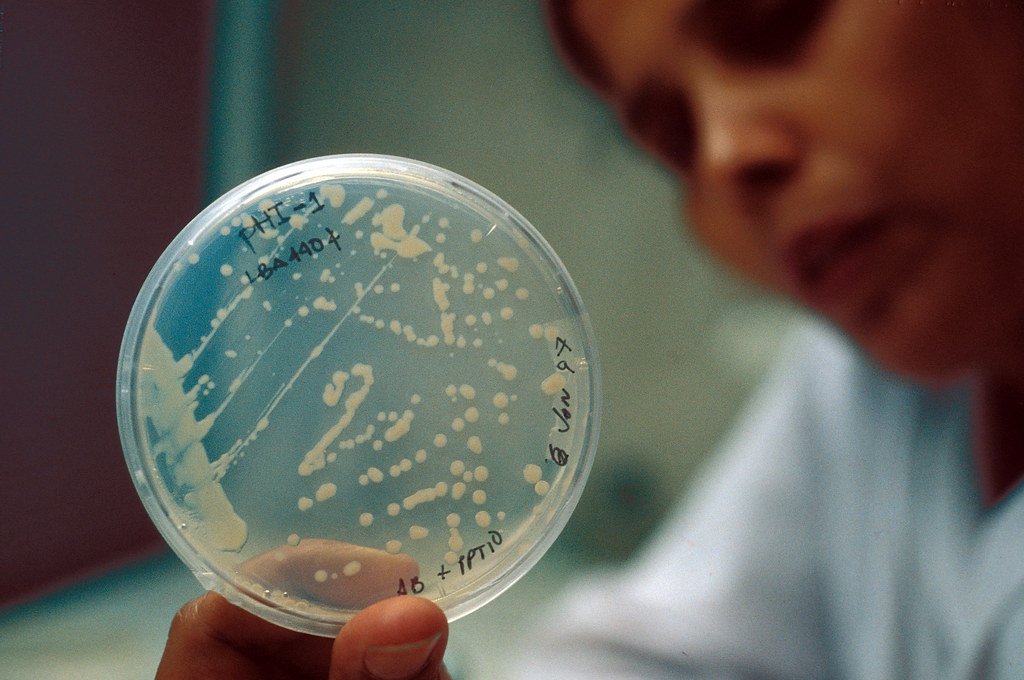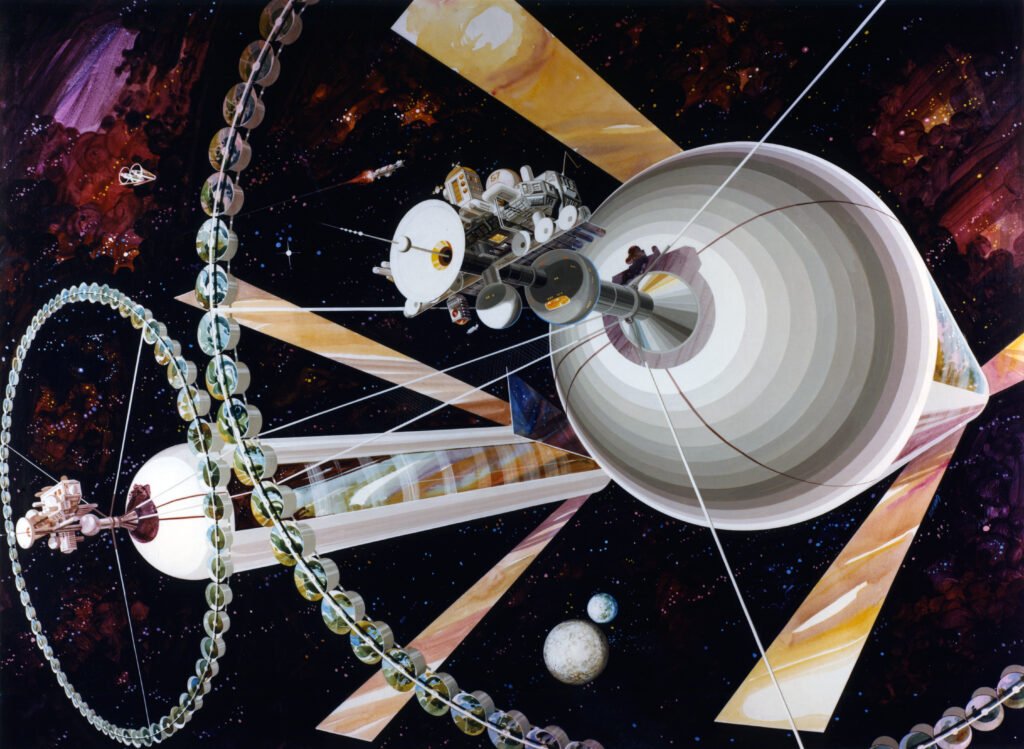Imagine peering through a microscope and seeing tiny clusters of living brain cells pulsing and connecting in a swirling dance—created not by nature, but by human hands in a laboratory. This isn’t a scene from a science fiction movie; it’s one of the most astonishing breakthroughs in modern neuroscience. Today, scientists are growing miniature brain-like structures, called organoids, in petri dishes. These “mini-minds” promise to unlock mysteries about autism, Alzheimer’s, and even consciousness itself. But as awe-inspiring as this research may sound, it carries unsettling ethical questions: Are we on the brink of creating sentient life in glass jars? What rights, if any, could these mini-brains have? The future of brain science is unfolding before our eyes, and it’s as thrilling as it is unnerving.
What Are Brain Organoids?
Brain organoids are tiny, three-dimensional clusters of human brain cells grown from stem cells. Scientists coax these stem cells to become specialized neurons, which then self-organize into shapes and layers that resemble parts of the developing human brain. These mini-brains are not full-sized or conscious, but they can mimic some of the basic activity of real brain tissue. Researchers use them as models to study brain development, disease, and even how certain drugs might affect the brain. The growth of these organoids is painstaking, often taking weeks or months, and requires delicate care and precise conditions. The fact that these clusters can form complex networks is both a triumph of science and a source of deep wonder.
The Science Behind Growing Mini-Brains
Creating a brain organoid begins with pluripotent stem cells—cells that have the potential to become almost any cell type in the body. Scientists bathe these cells in a carefully crafted cocktail of nutrients and growth factors, guiding them to transform into neurons and other brain cells. Over time, these cells start to cluster together, forming layers and structures reminiscent of a developing brain. Under the microscope, they reveal networks of nerve cells that can send electrical signals, much like our own brains do. Some organoids have even developed rudimentary eyespots or responded to light, further blurring the lines between artificial and natural life. This process gives researchers unprecedented access to observe brain formation in real time, something that would be impossible with living humans.
Why Grow Brains in Labs?
The motivation for growing brain organoids is both practical and deeply human. Traditional animal models, like mice, often fail to capture the complexities of the human brain, leading to setbacks in drug development and disease research. Brain organoids allow scientists to study human-specific disorders—such as autism, epilepsy, and schizophrenia—at a cellular level. They can also be used to test the effects of new medications, reducing the need for animal testing. For families affected by devastating neurological diseases, brain organoids offer a glimmer of hope, suggesting new paths toward treatments and even cures. In this way, science is not just playing with life in a dish; it’s striving to heal and understand.
What Can Mini-Minds Actually Do?
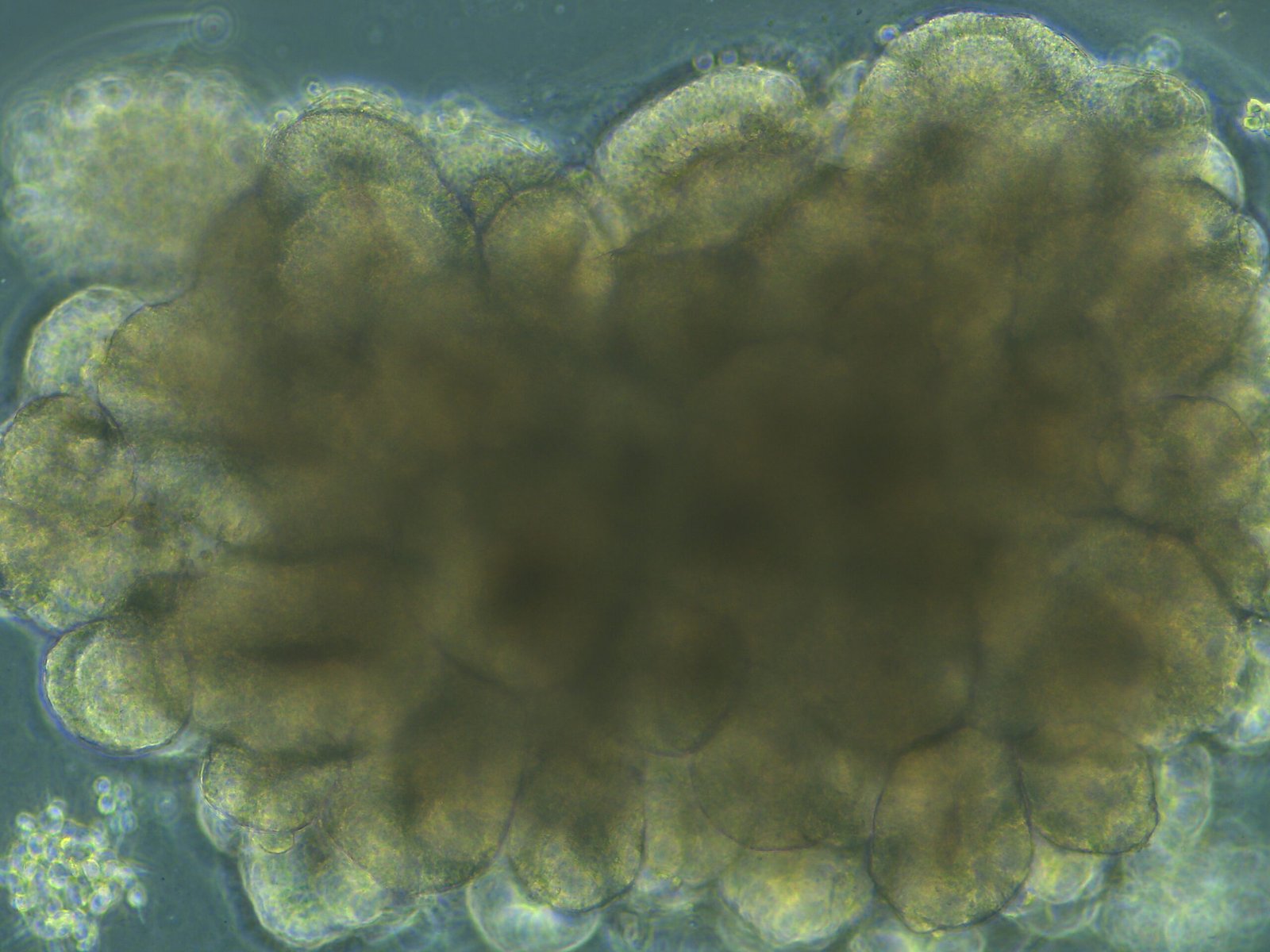
Although they are astonishing, brain organoids are a far cry from actual human brains. They lack the intricate organization, blood vessels, and sensory inputs of a living brain. However, some organoids have shown spontaneous electrical activity, forming patterns similar to those seen in premature babies. In rare cases, organoids have responded to external stimuli, such as light or chemicals, sparking heated debate among neuroscientists. These signs of activity raise questions: are the organoids feeling anything? Could they ever achieve a basic form of awareness? For now, the consensus is that they are too simple and disorganized for consciousness, but the boundaries are shifting as science advances.
Real-World Impact: Studying Disease and Development
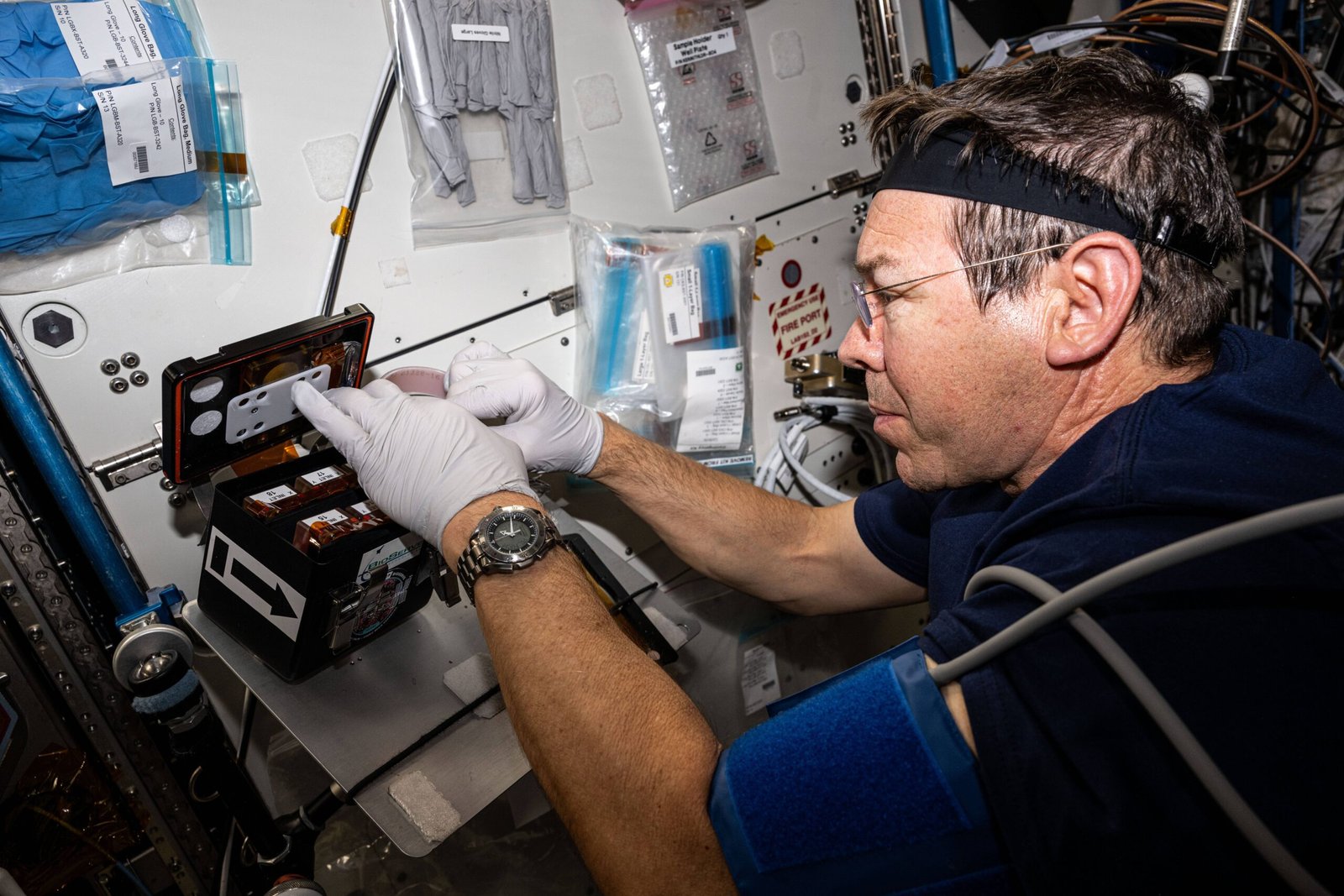
One of the most remarkable uses of brain organoids is in the study of disease. Researchers have grown organoids from the cells of patients with rare genetic disorders, revealing how certain mutations disrupt brain development. In 2016, scientists used organoids to link the Zika virus to microcephaly, providing crucial evidence of how the virus stunts brain growth. Organoids have also been used to model Alzheimer’s disease, helping scientists watch how plaques and tangles form in real time. These breakthroughs are not just academic—they provide hope for future treatments and a deeper understanding of how our most complex organ goes awry.
The Ethics of Creating Mini-Brains
The creation of brain organoids raises profound ethical questions that make many people uneasy. If a cluster of cells starts to show brain-like activity, does it deserve special consideration? Some ethicists argue that as organoids become more complex, they could theoretically experience pain or suffering, even if we have no way of measuring it. Others worry about the implications of growing ever-larger or more sophisticated brain tissue, fearing a slippery slope toward creating sentient life in the lab. These debates have moved beyond academic circles and are now being discussed in bioethics committees, journals, and even parliaments around the world.
Could Mini-Brains Become Conscious?
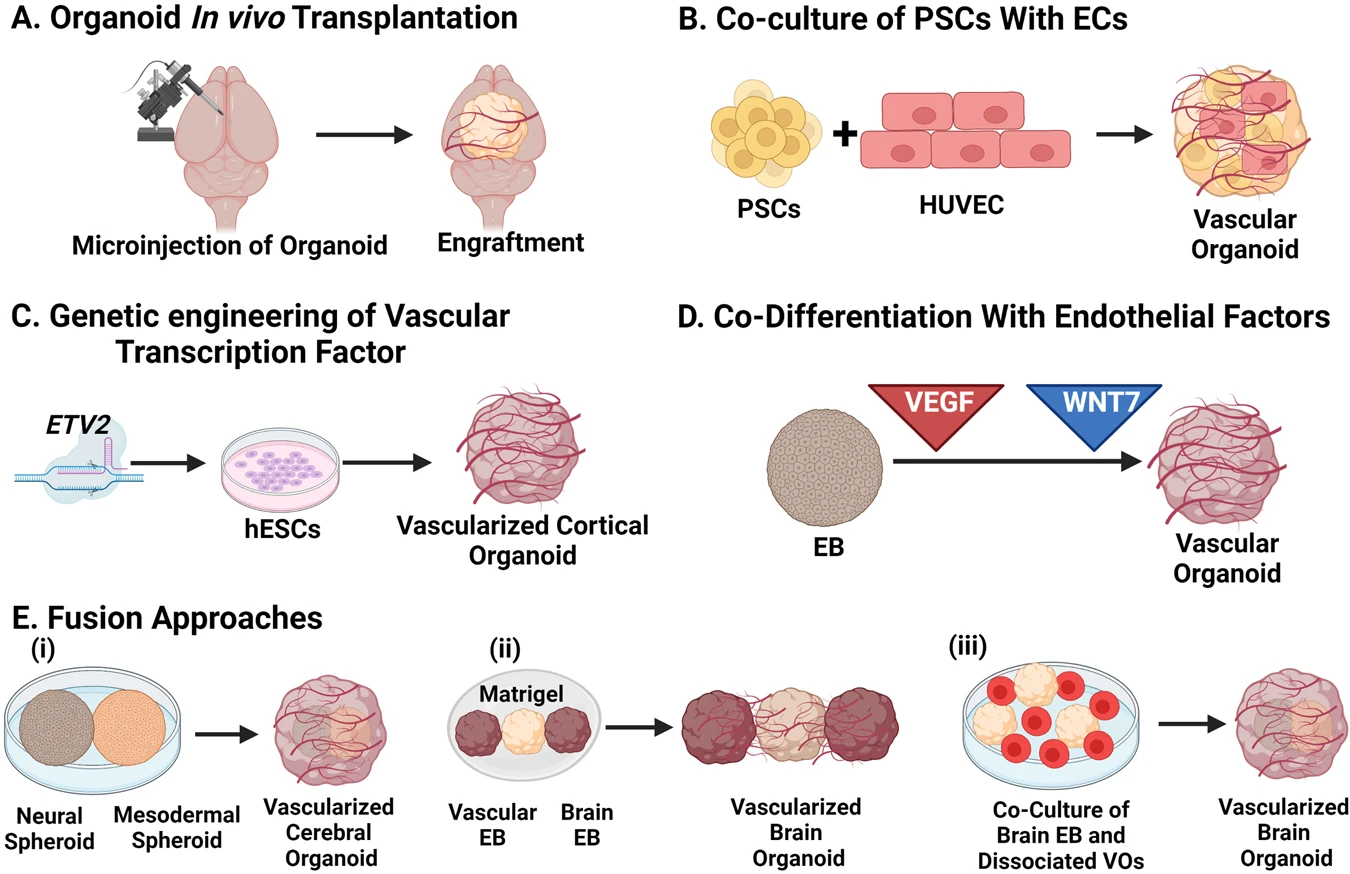
Perhaps the most unsettling question is whether a brain organoid could ever achieve consciousness. At present, scientists agree that organoids are nowhere near that level of complexity. However, some experiments have produced organoids with brain waves similar to those of premature infants, blurring the line between simple tissue and something more profound. If organoids ever reached the point of consciousness, it would force society to reconsider the very definition of life and personhood. It’s a scenario that feels ripped from the pages of a science fiction novel, yet it is inching closer to reality with each new discovery.
Safeguards and Regulations

Recognizing the risks, many countries have started to craft guidelines for the creation and use of brain organoids. Research must be approved by ethics boards, and experiments are closely monitored to prevent the development of structures that could experience suffering. Some scientists advocate for international regulations, arguing that the consequences of unregulated research are too great to ignore. These safeguards aim to balance the immense potential of organoid research with the responsibility to protect human dignity and prevent harm. The conversation is ongoing, with new rules emerging as the science evolves.
Public Reactions: Fascination and Fear
The public response to lab-grown brains is a mix of fascination, excitement, and deep worry. For some, the idea of growing mini-brains feels like crossing a sacred boundary, challenging long-held beliefs about what it means to be human. Others see it as a bold step toward curing diseases that were once thought incurable. Social media buzzes with debates—some people marvel at the progress, while others warn of unintended consequences. These conversations matter, shaping how research is funded, regulated, and perceived in the broader culture.
The Future: Where Do We Go From Here?
As brain organoid research accelerates, the next decade could bring advances that once seemed impossible. Scientists are working to make organoids more complex, adding blood vessels, immune cells, and even connections to robotic machines. Each new breakthrough brings fresh ethical dilemmas and scientific opportunities. Will we one day use organoids to repair injured brains, or even upload memories? Or will society decide that some lines should never be crossed? The future remains uncertain, but one thing is clear: the journey to understand the brain is far from over.
Summary
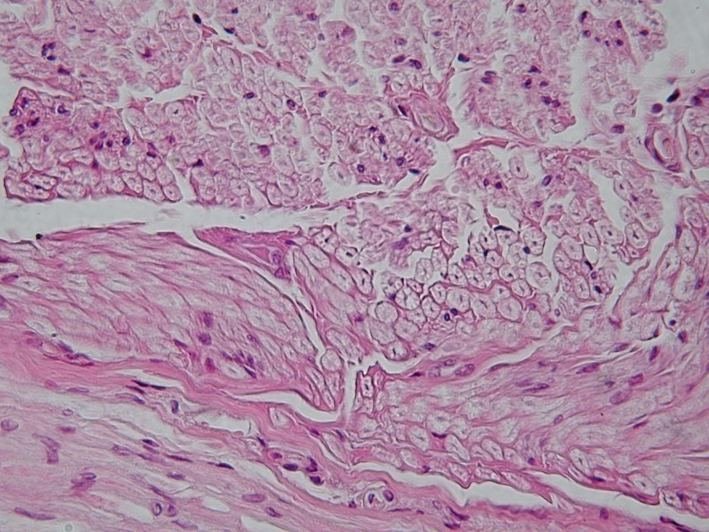
Brain organoids in petri dishes have revolutionized neuroscience, offering a powerful new way to study brain development, disease, and the very nature of consciousness. These mini-minds hold the promise of new treatments and deeper understanding, but they also raise urgent ethical questions about the boundaries of science and the definition of life. As research continues to blur the line between artificial and natural, society must grapple with how to use this knowledge responsibly. What would you do if you held the future of the mind in your hands?

